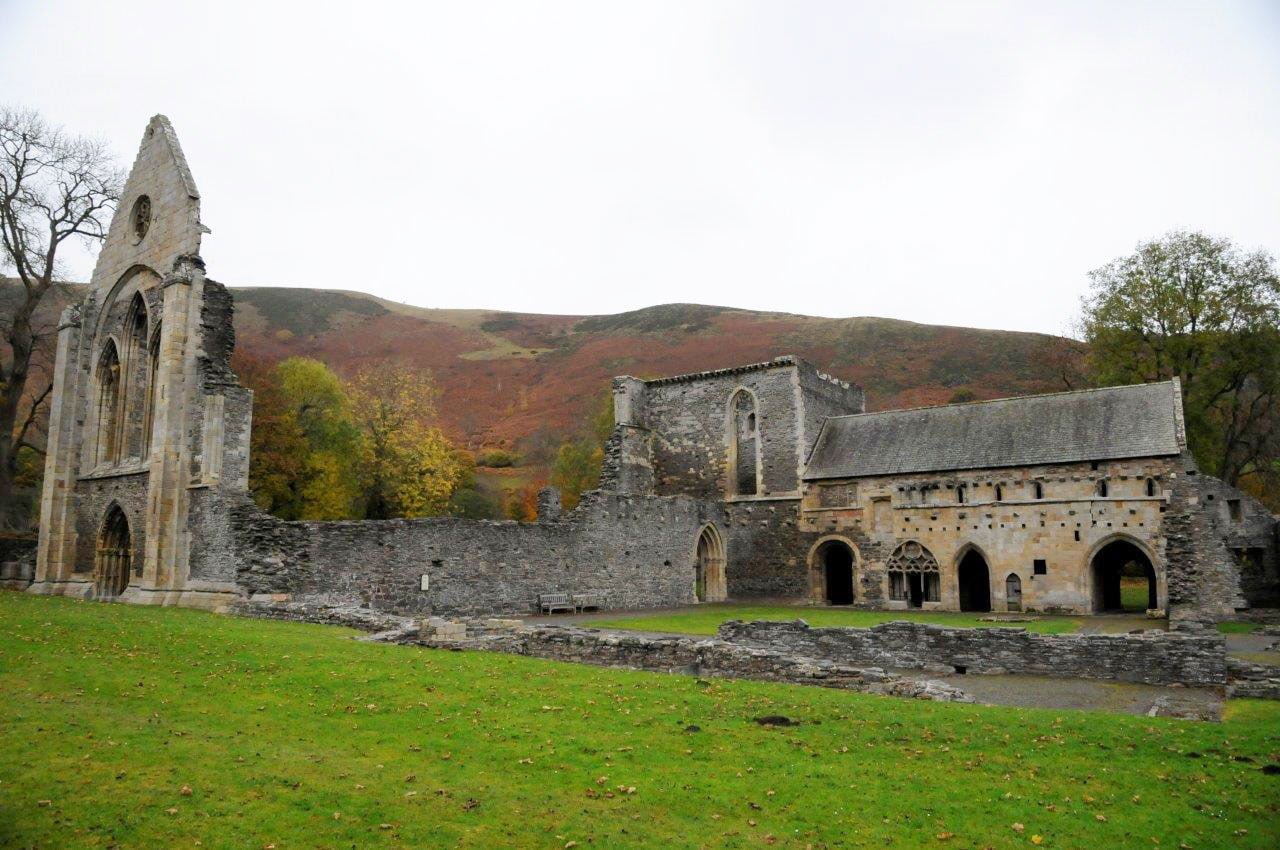
Every person experiences landscapes in their daily lives, be it consciously or unconsciously. Consciously, when we deliberately seek out a notable area of historic or natural interest; or unconsciously when we move through distinctive areas which make up our towns or cities. Landscapes and townscapes are constantly changing, through natural processes or human changes, intentional or otherwise, and the way these changes occur impacts our lives. When development is proposed within a landscape of significant historic interest, we must consider the degree of change to the defining characteristics of that landscape and the resulting and lasting effects.
Due to our rich heritage, the UK contains many areas of significant historic interest; these include the prehistoric landscape surrounding Stonehenge as well as land connected to notable persons such as Lancelot ‘Capability’ Brown, who designed country estates including Blenheim Palace and Alnwick Castle. It is important that any changes to a historic landscape are sensitive to its character and therefore a thorough understanding of the landscape and its historical make up is necessary to accommodate and manage change.

At first glance, a modern development or structure such as a telecommunications mast, might seem too much of an imposition on an area of historic significance; it may be considered too high, too obtrusive or too modern. However, through careful appraisal it is often possible to demonstrate that sensitive landscapes and townscapes are able to accommodate a good degree of change, without detriment or harm to valued characteristics.
There are limits for every landscape, and in some cases that limit will have been reached, such as when further development would remove too much of what makes the landscape special. Furthermore, it is important to consider cumulative effects arising from other proposed or consented developments nearby.
At TEP, our Heritage and Landscape colleagues work closely to ensure that all risk of harm have been considered. The results of a Landscape Visual Impact Assessment (LVIA) can enhance a heritage impact assessment by providing additional information about the extent of visibility and the degree of change to landscape character, within or from a historically sensitive area. We support our clients with a wide variety of development proposals on challenging and sensitive sites, with recommendations for appropriate and proportionate mitigation, ensuring satisfactory conclusions and agreements are reached.
By Stephenie Dalby, Historic Environment Consultant, TEP









